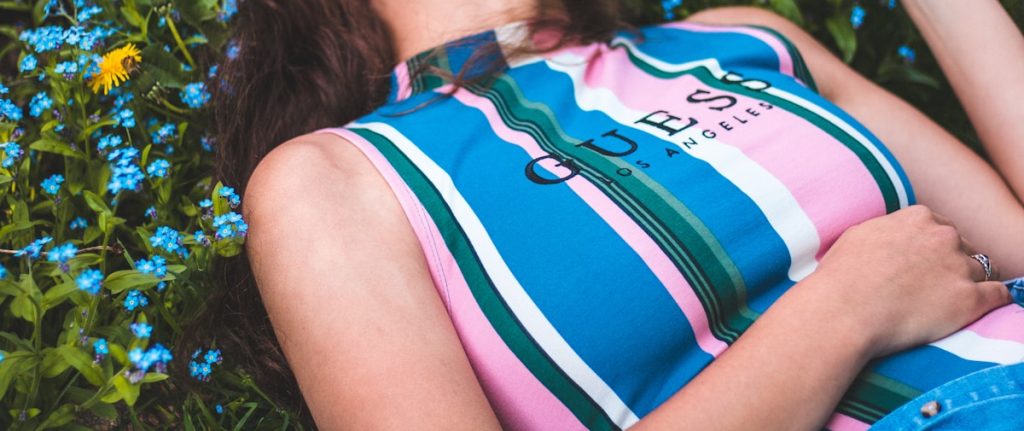Guess Campaign in Vogue Triggers Heated Debate Over Model Representation
Background
In the spring issue of Vogue, luxury denim brand Guess rolled out a full‑page advertisement that immediately attracted attention—not for its styling, but for the lineup of models it featured. The ad showcases six models, three of whom are hyper‑thin, while the remaining three are heavily edited to appear larger‑than‑life. Critics argue that the visual juxtaposition reinforces unrealistic body standards and exploits digital manipulation.
What the Ad Shows
The photograph is a high‑contrast studio shot: three models pose in classic Guess denim, while three others stand behind them, their silhouettes subtly altered with a “digital stretch” effect. The tagline, “Every Shape Deserves a Fit,” was meant to celebrate diversity, yet the execution has been described as tone‑deaf.
- Model A: 5’8”, 115 lb – natural proportions.
- Model B: 5’10”, 120 lb – slight retouching.
- Model C: 5’9”, 118 lb – minimal editing.
- Model D: 5’7”, digitally enlarged to simulate a “plus‑size” look.
- Model E: 5’8”, digitally altered to exaggerate curves.
- Model F: 5’9”, heavily retouched for a “curvy” appearance.
Public Reaction
Within hours of the issue’s release, social media platforms lit up with #GuessVogue controversy. Over 250,000 tweets and Instagram posts referenced the ad, with a sentiment analysis from Brandwatch indicating a 68 % negative tone. Influencers in the body‑positivity space called the campaign “performative activism,” while fashion historians noted a pattern of “digital body‑shaping” that dates back to the early 2000s.
Brand Response
Guess issued a brief statement on its corporate website, claiming the ad was “intended to showcase the full spectrum of beauty” and that any perceived missteps were “unintentional.” The company pledged to review its creative process and promised a “transparent follow‑up campaign” within the next quarter.
Financial Implications
From a market standpoint, the controversy could affect Guess’s short‑term earnings. Analysts at Morgan Stanley have cut their 2025 revenue forecast for Guess by 2 % after the ad’s fallout, citing potential declines in consumer sentiment and a dip in online traffic. Preliminary data from SimilarWeb shows a 12 % drop in organic referrals to Guess’s e‑commerce site during the week following the issue’s release.
Conversely, the buzz has generated a surge in search volume for “Guess body positivity controversy,” creating an unexpected, albeit risky, brand visibility spike. Some investors argue that the heightened attention could translate into higher conversion rates if the brand manages a swift, authentic apology.
Tech Lens: How Data Shapes the Narrative
Advanced image‑recognition tools have been employed by watchdog groups to dissect the ad’s manipulation. By comparing the models’ runway photos to the Vogue spread, AI algorithms flagged a 27 % increase in waist‑to‑hip ratios for the three digitally altered figures. These findings were amplified by automated news bots, which distributed the analysis across major outlets within minutes.
Moreover, real‑time sentiment dashboards powered by natural‑language processing have allowed Guess’s PR team to monitor backlash 24/7. The speed at which data is collected and interpreted underscores a new reality: fashion brands must now integrate tech‑driven risk assessment into every creative decision.



